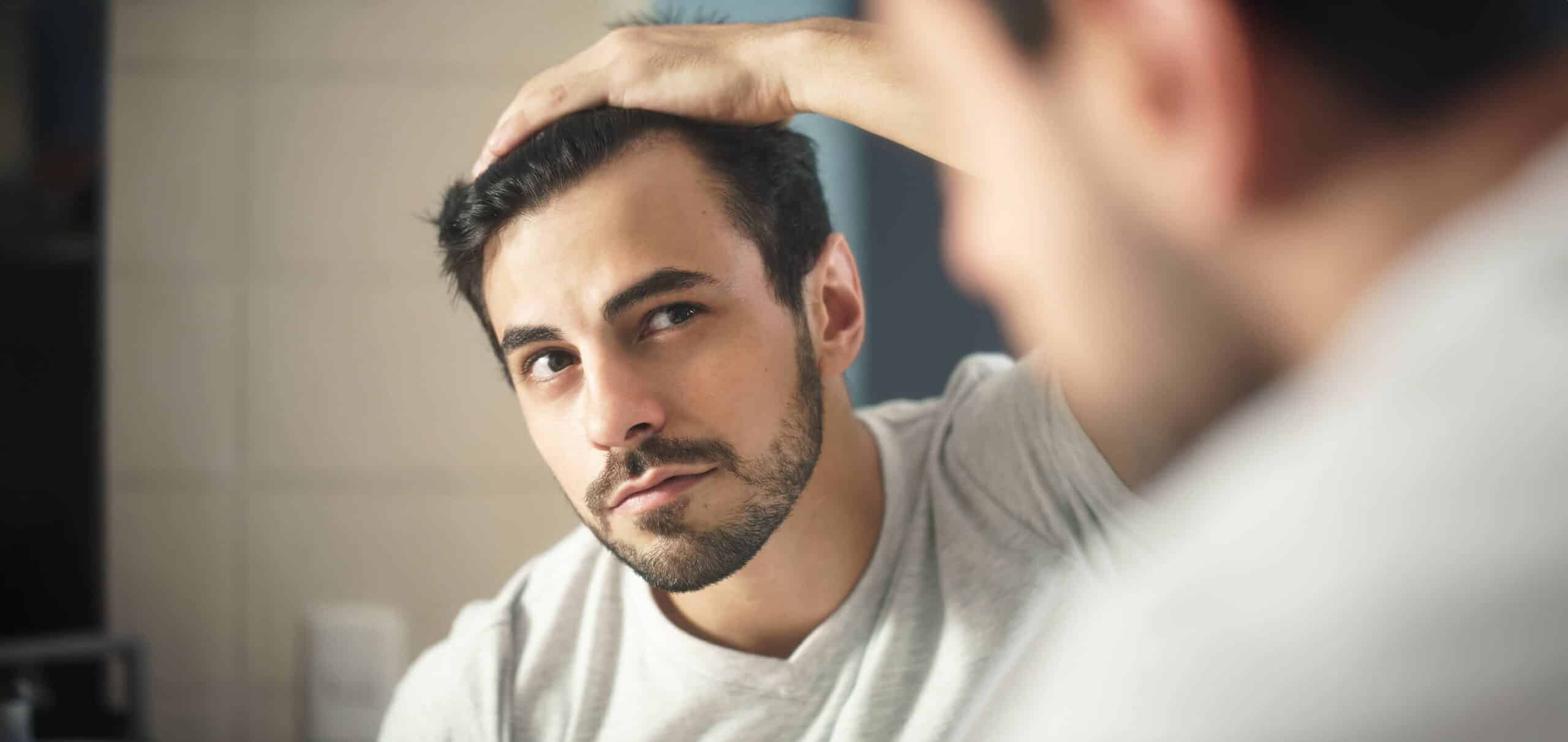Home » After Hair Transplantation Operation
After the Hair Transplant – What Happens Next
Although a hair transplant is considered minimally invasive, it is still a surgical procedure — even with gentle techniques such as DHI or Sapphire FUE. As with any operation, there are important post-operative rules that must be followed.
These guidelines are in place to support the healing process and ensure the best possible results. After the transplant, patients should remain in contact with their doctor for follow-up and support.
Below, we’ve summarized the most important things to know after a hair transplant — what to watch out for and how to achieve the best outcome.

What to Expect in the First Few Days After a Hair Transplant
On the day of the procedure, patients are discharged and can return home or to their hotel. Your doctor will prescribe medication to help manage potential risks or discomfort. Be sure to take these medications exactly as directed. The day after the hair transplant, the bandage will be removed, and the first aftercare treatment will be performed.
Immediately following the procedure, both the recipient and donor areas will be red and sensitive. The transplanted zones will show tiny wounds or insertion points, often leading to scab formation. During this initial stage, your scalp is extremely delicate. Wear loose, comfortable clothing that can be removed easily without touching or rubbing against the grafts.
The first three days after the transplant are particularly important. This is when the grafts begin to anchor into the scalp, and it’s critical to avoid any unnecessary contact. Redness and slight swelling in the donor area usually subside on their own after a few days. In general, extra caution is required during the first five days post-surgery.
The grafts are not yet fully secure and remain very sensitive. You should not touch the scalp, and even light bumps must be avoided. No matter how itchy the scalp may feel, scratching is absolutely forbidden. Irritating the scalp at this stage can damage the grafts and compromise the outcome.
Around 10 days after the procedure, the scabs will begin to loosen and fall off naturally. By approximately day 15, they are usually completely gone.
What Does Hair Care Look Like After a Hair Transplant?
After your hair transplant, it’s important to care for your hair gently and consistently. On the first day after the procedure, you should not wash your hair, as the freshly transplanted grafts can easily be dislodged and there is a risk of infection.
The first hair wash should take place 48 hours after the procedure, using a recommended medical shampoo. It’s also important to apply a special lotion to the sensitive scalp to help soften the scabs and support the healing process.
Let the prescribed products sit on the scalp for about 60 minutes. When rinsing, be especially gentle: use lukewarm water and light dabbing motions with minimal water pressure to avoid disturbing the grafts.
A mild, suitable shampoo helps protect the freshly treated areas. Avoid rubbing the scalp. Instead, pat the scalp dry carefully using a soft, absorbent towel that won’t irritate the sensitive grafts.
During the first few weeks following the hair transplant, you should avoid all styling products, such as gel, hairspray, or wax, as these can interfere with the healing process. It’s also recommended not to use a hairdryer on the transplanted areas for at least two months.
What Are Possible Complications After a Hair Transplant?
In 42% of patients, swelling, redness, and edema may occur around the eyes.
23% of patients experience sterile folliculitis, which is not a cause for concern. The pre-care package provided before the transplant typically includes prescribed lotions or creams that help the condition resolve quickly.
10% of patients report itching and pain in the donor area. Your doctor will prescribe a steroid-based cream to significantly reduce both itching and discomfort.
In 10% of cases, numbness or a temporary loss of sensation in the scalp can occur.
If the graft extraction is not performed by trained specialists, scarring in the donor area may result.
If you accidentally bump your head, this can lead to swelling or minor bleeding in the scalp area.
Infections are a known risk associated with hair transplantation. They may develop during the procedure or afterward due to improper aftercare.
What to Expect in the First Six Months After a Hair Transplant
In the first 15 days after the procedure, the transplanted areas will appear red. Scab formation and mild swelling are common. During this time, the transplanted hairs begin to grow, and an initial aesthetic appearance starts to take shape.
One important aspect to be aware of is the so-called “shock loss”: between the third and eighth week, the newly transplanted hairs often fall out again — this is a completely normal part of the process. After that, healthy regrowth begins.
From the third month onward, the hair becomes noticeably longer. By six months, the transplanted hair continues growing in a healthy way, and visible improvements can be observed.
The final results of the hair transplant are usually seen between 12 and 18 months after the procedure. By then, the hair has grown in naturally and fully. This stage is often accompanied by positive changes in self-confidence and social interactions.

Request for a Free Consultation
The Medhair Clinic team is made up of experienced and highly experienced physicians, all experts in hair transplantation. We use the latest technologies to deliver the best possible results that our patients can trust. Leave us your contact information and we will get back to you as soon as possible.
REQUEST FOR A FREE CONSULTATION
EN
Frequently Asked Questions
The recovery of the donor area typically takes around 7 to 14 days. Scabbing usually subsides after about 10 days. During this period, it’s normal to experience itching, sensitivity, and redness. Full healing and the fading of any minor scarring may take up to three months.
As part of your hair transplant preparation, it is essential to avoid smoking and alcohol at least two weeks before the procedure. After the transplant, it is strongly recommended to avoid smoking for at least two to four weeks to prevent interference with the healing process.
Smoking can reduce blood flow to the scalp and impair oxygen delivery to the transplanted areas, increasing the risk of poor healing or graft loss.
You should also avoid alcohol for at least two weeks. Alcohol thins the blood, which can lead to increased bleeding and delayed healing. It may also raise the risk of infection.
 Deutsch
Deutsch Türkçe
Türkçe Français
Français Español
Español Portuguese
Portuguese Italiano
Italiano English
English